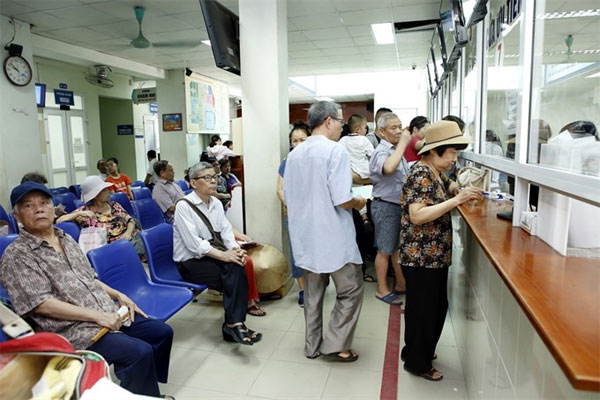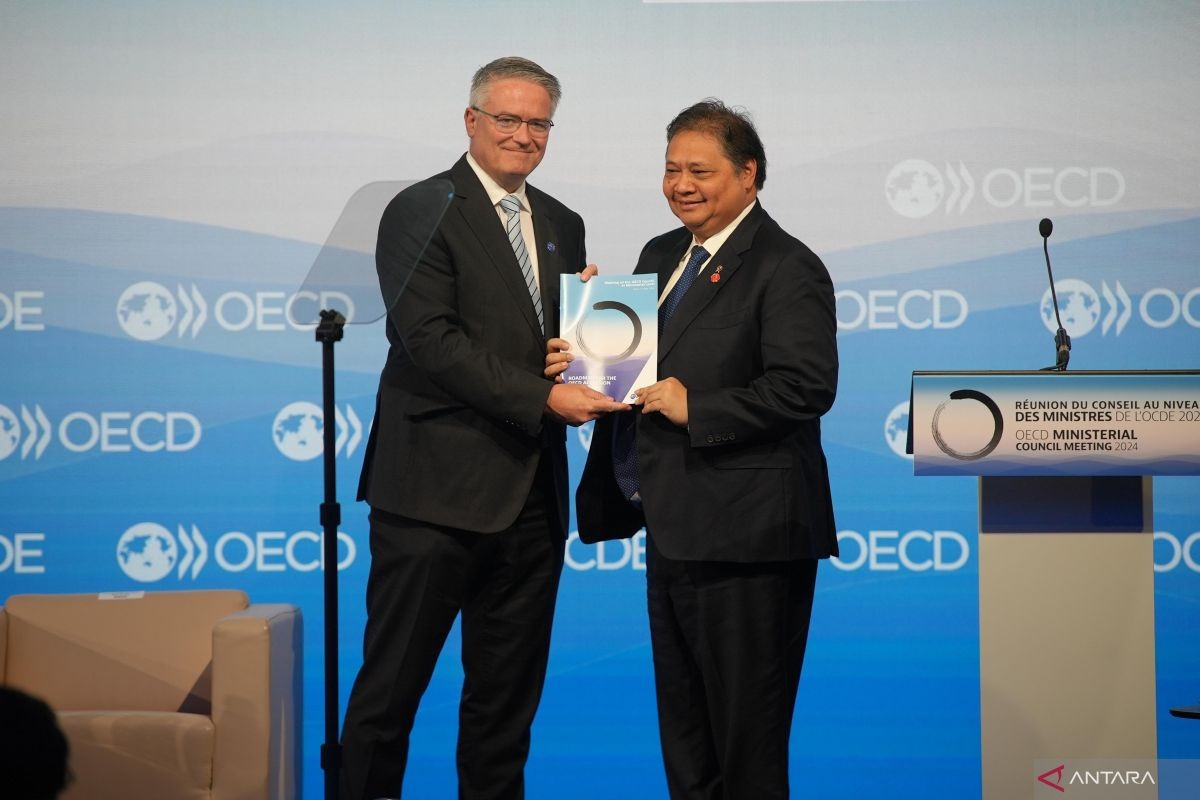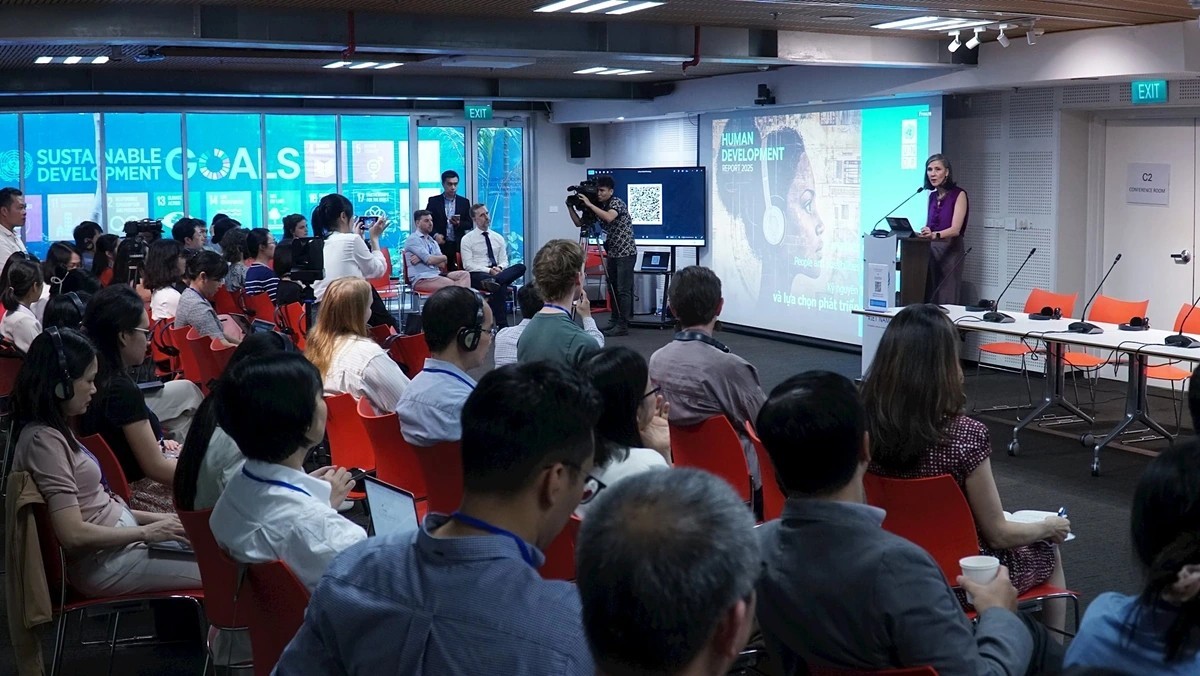Asia Tackles Serious Crisis of Aging Population
Demographic experts believe that the Asia and Pacific Region will experience the peak of the aging population crisis in the near future as the birth rate drops dramatically in many countries.
 |
| The Asian Development Bank estimates that by 2050, 1 out of 4 people in the Asia and Pacific Region will be over 60 years old. (Photo: Getty Image). |
Less than 5 years til becoming a super-aged society
In 2022, China recorded a population decline for the first time since 1961, decreasing by more than 850,000 people, to 1.41 billion people. Along with that, 280 million people are over 60 years old, up 18.9% from 2021, according to China Daily.
Also in 2022, Japan had less than 800,000 newborns, a record number even for this country. The elderly over 65 make up 29% of the total population, according to Kyodo News.
In South Korea, just 21,138 babies were born in March 2023. This was the lowest level for any March since 1981 and marked a string of 88 consecutive months of decline, according to Yonhap news agency.
| Yonhap news agency reported that the fertility rate of Korean women in 2022 is 0.78, the lowest level since 1970 and much lower than 2.1 to keep the population stable, making Korea the only country in the world with a fertility rate below 1 (this figure is 1.07 in China and 1.26). The Korea General Statistics Office predicts that by 2025, the country will have a super-aged society with more than 20% of the total population aged 65 and over, by 2070 this rate will be 46.4% |
Southeast Asia also faces an aging trend with about 109 million people aged 60 and over in 2022, the United Nations Economic and Social Commission for Asia and the Pacific (UNESCAP) reported.
Vietnam is one of the countries with the fastest-aging population in the world. People aged 60 and over accounted for 11.9% of the total population in 2019 and it is forecasted that by 2050 this number will increase to more than 25%. According to the United Nations Population Fund (UNFPA), Vietnam will enter a period of an aging population by 2036.
As an aging society, ASEAN countries could face several consequences to organize cities and communities, to provide health and social services, employment and social security as well as supportive fiscal policies, said the Asian Development Bank. The increase in the aging population will reduce the labor supply, reduce the quality of jobs and slow down the consumption trend. These are major barriers to the growth impact of fiscal spending.
Aging population crisis exculpate workforce problems
For China, population decline and aging exacerbate problems with the workforce, economic growth and recovery from the COVID-19 pandemic, according to CNN. China's continuation of this trend could even pose many problems for the worldwide population. Also in Korea, many studies show that every 1% increase in the aging population leads to a 5.9% decrease in financial growth of domestic product (GDP), according to the Korea Herald.
Taking action to address the demographic crisis, China has introduced policies to encourage couples to have children and reduce the cost of raising children. In 2016, China allowed couples to have two children, and starting in 2021, having a third child was allowed. To maintain the workforce, it also proposes raising the retirement age to 65 for men and 60 for women, pledging to provide a better working environment for mothers.
Meanwhile, South Korea applies a series of policies such as financial incentives for couples to have children, and monthly allowances for parents. Korea's President Yoon Suk Yeol created a task force to study policies to increase the birth rate.
In Japan, earlier this year, Prime Minister Fumio Kishida famously "now or never" to take drastic steps to deal with the record low birth rate, including the budget for child care policies pumped to US $25 billion a year over the next three years.
Some Asia-Pacific countries in the region have loosened their immigration policies to receive more foreign workers as an alternative to solve the low birth rate and labor force shortage
Many measures to overcome low birth rates, mere success
Many countries have tried a series of measures to overcome low birth rates, but the results are not as expected, Channel News Asia recently quoted the Director of the United Nations Population Division John Wilmoth.
One of the measures was to reward people with money when giving birth. However, Wilmoth said parents would prefer to receive daily, monthly, and yearly support when raising children than to receive a one-time bonus. In other words, countries need long-term support for families who want to have children, and invest in nurturing the next generation.
Given that "if families are supported in reducing the burden of childbirth and child-rearing, the birth rate can be restored", Wilmoth suggested that countries pay attention to gender equality because women "cannot take on full-time work in both work and at home" ".
Another long-term measure to encourage people to give birth is encouragement of marriage, claimed Dr. Gretchen Donehower of the University of California (USA).
 | Vietnam Attends UN Forums and Proposes Multilateral Coordination to Tackles Major Global Challenges Representatives of Vietnam to the United Nations (UN) focused on the need for the international community to support efforts to build and maintain peace, which ... |
 | First One-Stop Model for Women, Children Experiencing Violence in Ho Chi Minh City What is the one-stop center for women and children experiencing violence? |
 | Vietnam - ASEAN: Join Hands to Eliminate Cyberbullying on Children "As a member of the Convention on the Rights of the Child, all ASEAN countries are very concerned with the children integral development and protection. ... |
Recommended
 World
World
Thailand Positions Itself As a Global Wellness Destination
 World
World
Indonesia Accelerates Procedures to Join OECD
 World
World
South Korea elects Lee Jae-myung president
 World
World
22nd Shangri-La Dialogue: Japan, Philippines boost defence cooperation
 World
World
Pakistan NCRC report explores emerging child rights issues
 World
World
"India has right to defend herself against terror," says German Foreign Minister, endorses Op Sindoor
 World
World
‘We stand with India’: Japan, UAE back New Delhi over its global outreach against terror
 World
World


